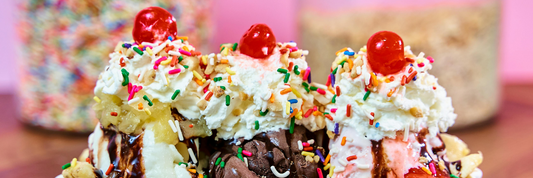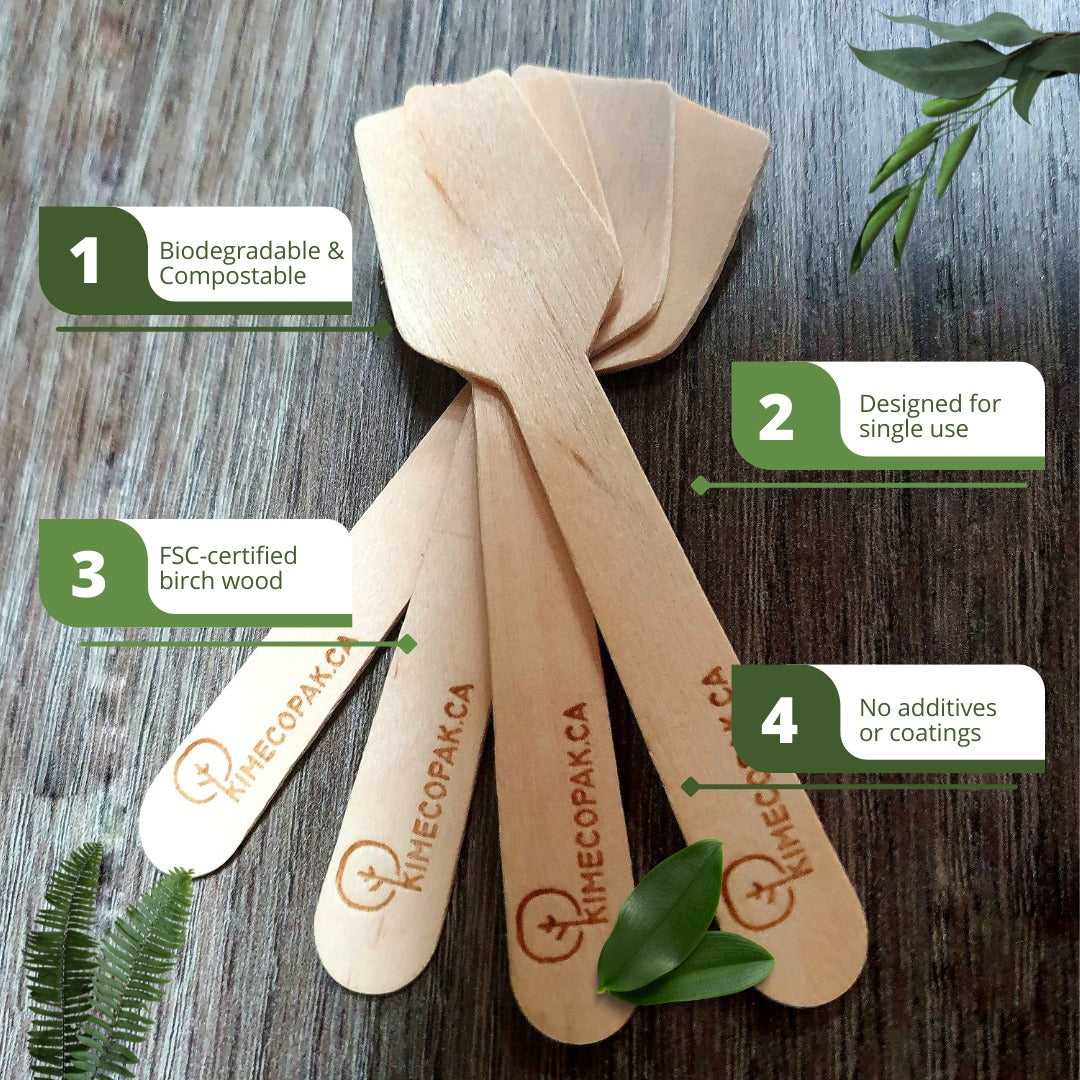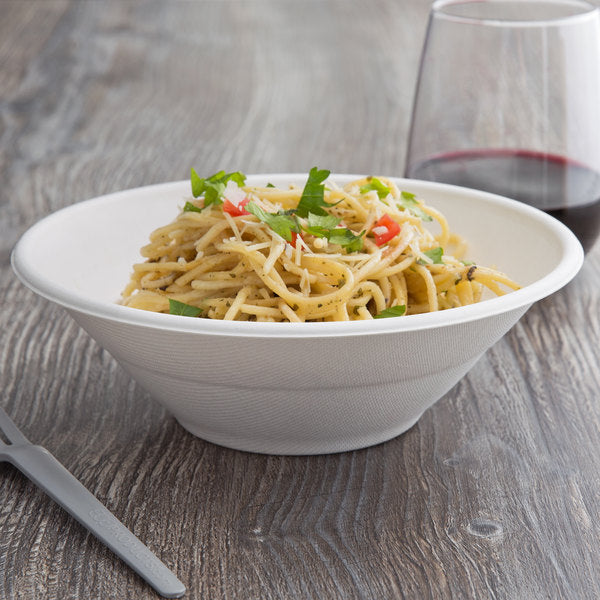Eggnog, a traditional holiday drink, has a rich history and a unique composition that sets it apart from other beverages. Let's delve into what is eggnog made of, is eggnog nutritious, and what different types of eggnog are through the blog below.
What is the Eggnog? What Is An Eggnog Made Of?
The History of Eggnog
Where Did Eggnog Come From?
The story of eggnog begins in medieval England, where a drink called “posset”—a mixture of hot milk, ale, and spices—was popular. This early beverage, often used medicinally, evolved into a more refined drink over time as eggs and cream were added.

When Did Eggnog Cross the Atlantic?
Eggnog made its way to America in the 18th century, where colonists adopted it enthusiastically. With rum being more accessible and affordable than European spirits, it became the preferred alcohol for this festive drink. The American version of eggnog grew richer and sweeter, perfectly complementing the spirit of holiday indulgence.
Why is Eggnog Popular at Christmas?
Historical Connections to Festive Celebrations
Eggnog’s luxurious ingredients—eggs, cream, sugar, and alcohol—made it a special treat reserved for significant occasions. During the Christmas season, toasts to good health and prosperity often featured eggnog. Its warming qualities also made it an ideal drink for cold winter nights.
Eggnog in Pop Culture
Over time, eggnog became an emblem of Christmas, appearing in literature, movies, and advertisements. Its cozy, nostalgic appeal resonates with those seeking to recreate traditional holiday experiences.
What Does Eggnog Taste Like?
Eggnog has a rich, creamy, and slightly sweet taste. The combination of milk, cream, and eggs gives it a smooth and velvety texture, while the spices add warm and festive flavors.
Creative Variations of Eggnog
-
Non-Alcoholic Eggnog: Perfect for children or those avoiding alcohol.
-
Vegan Eggnog: Substitute dairy with almond, oat, or coconut milk, and use aquafaba or silken tofu instead of eggs.
-
Spiced Eggnog: Add flavors like ginger, cardamom, or vanilla for a twist.
-
Low-Sugar or Low-Fat Options: Adjust sugar levels and use lighter dairy alternatives.
-
Boozy Eggnog: Experiment with whiskey, amaretto, or even coffee liqueur for unique pairings.
12 Different Types of Eggnog
Old-Fashioned Eggnog
This type of eggnog is made with raw eggs, milk, cream, bourbon, and sugar. It is stronger and creamier in taste and texture than classic eggnog. You can serve it with freshly grated nutmeg and cinnamon sticks on top.

Traditional Rum Eggnog
When you use rum, the egg-y drink will have a sweet touch. The traditional rum eggnog recipe includes aged rum, an egg, milk, and cream. You should serve it over ice in a punch or martini glass, with some nutmeg for garnish.
Brandy Eggnog
Bourbon, rum, and brandy are all expertly balanced in brandy eggnog. The combination of the milk and egg yolk gives it a slightly creamy taste. This eggnog is topped with classic eggnog spices and served in a chilled highball glass.

Bourbon Eggnog
Bourbon eggnog is a type of eggnog that includes bourbon as one of its main ingredients. It is a popular alcoholic version of eggnog and is often served during the holiday season. The bourbon adds a rich and warm flavor to the classic eggnog drink.

Rompope
Rompope is a type of classic egg punch that is made with almonds, egg yolks, and rum. Almond pasted is added and whisked together with the rest of the ingredients. This drink is usually served chilled over ice.
Vegan Eggnog
Vegan eggnog is made without eggs. Instead of eggs, soft tofu and soybean will be mixed with vanilla, rum, or brandy. This drink often is decorated with coconut whipped cream, cinnamon, and nutmeg for more flavor.

Coquito
Coquito is rich in coconut, rum, and spices. This drink is quite different from eggnog and does not have the usual custard-like feel due to the coconut milk or coconut cream.
Gingerbread Eggnog
Gingerbread eggnog is creamy, thick, and very sweet, and is combined with mouthwatering flavors such as ginger, molasses, and spices. Gingerbread eggnog is served chilled or poured over ice. Decorate with whole or crushed cookies to give this drink a festive look.
Eggnog Martini
An eggnog martini is a holiday cocktail that combines the creamy and festive flavors of eggnog with the classic martini. It is typically made with eggnog, vodka, and Kahlua, and can be garnished with spices like cinnamon or nutmeg.
White Christmas
White Christmas eggnog is a variation of the classic eggnog drink that includes white chocolate as one of its main ingredients. It is often served chilled and garnished with edible gold or chocolate flakes, making it a perfect festive drink for the holiday season.
Fireball Eggnog
Fireball eggnog is made with cinnamon whiskey and amaretto. It is a perfect drink for those who enjoy a little heat and spice in their holiday cocktails. Garnish with a cinnamon-sugar rim, nutmeg, and cinnamon sticks.
Spiced Eggnog
Spiced eggnog is made with spiced rum and brandy. You may add heavy cream, milk, eggs, sugar, and nutmeg to complete this drink. It is suitable to serve in a chilled coupe glass or wine glass.

Is Eggnog Safe to Drink?
Health Benefits of Eggnog
Eggnog is a rich and indulgent drink, but it also has some surprising health benefits. It is a good source of protein, calcium, and vitamin D, and can also provide a boost of energy and nutrients. This drink also has quite a few antioxidant-packed spices such as cinnamon and nutmeg, but they aren’t always added in large enough quantities in certain store-bought products.
Health Risks Associated With Eggnog
While eggnog can be a delicious and festive holiday drink, it is important to be aware of some potential health risks associated with consuming it. These include raw eggs, which can lead to foodborne illnesses, and high sugar and calorie content. It is recommended to consume eggnog in moderation and to opt for pasteurized eggs or non-dairy alternatives if possible.
How to Store Eggnog
It is essential to store eggnog in an airtight container. Eggnog's alcohol content keeps it fresh for two to three days. However, for non-alcoholic eggnog, it's best to consume it within a day.
Eggnog should not be exposed to heat or light. Make sure your eggnog is kept in a spot in the refrigerator where the temperature will remain constant. Because the temperature will fluctuate when you open and close the refrigerator, it is advisable to avoid placing it next to the door.

Storing Homemade Eggnog
Refrigeration
- Temperature: Store eggnog in the refrigerator at or below 40°F (4°C).
- Container: Use an airtight container to prevent absorption of odors and flavors from other foods. Glass or BPA-free plastic containers work well.
Shelf Life
- Homemade eggnog without alcohol should be consumed within 2–3 days.
- Adding alcohol can extend its shelf life slightly because alcohol acts as a preservative, but it’s still best to consume within 5 days.
Labeling
- If making eggnog in advance, label the container with the preparation date to track its freshness.
Cooling Before Storage
- Allow the eggnog to cool completely before refrigeration to avoid raising the fridge’s temperature.
Storing Store-Bought Eggnog
Before Opening
- Unopened eggnog can be stored in the fridge until the “use by” or “best before” date on the packaging.
After Opening
- Once opened, store-bought eggnog should be consumed within 5–7 days for optimal freshness.
Freezing Store-Bought Eggnog
- Some store-bought brands allow freezing. Check the label for guidance. Freezing may affect the texture but is safe if done before the expiration date.
Conclusion
Overall, eggnog is a beloved holiday tradition that brings warmth and cheer to festive gatherings. Understanding the science behind this classic drink can deepen your appreciation for its history and flavor profile.







